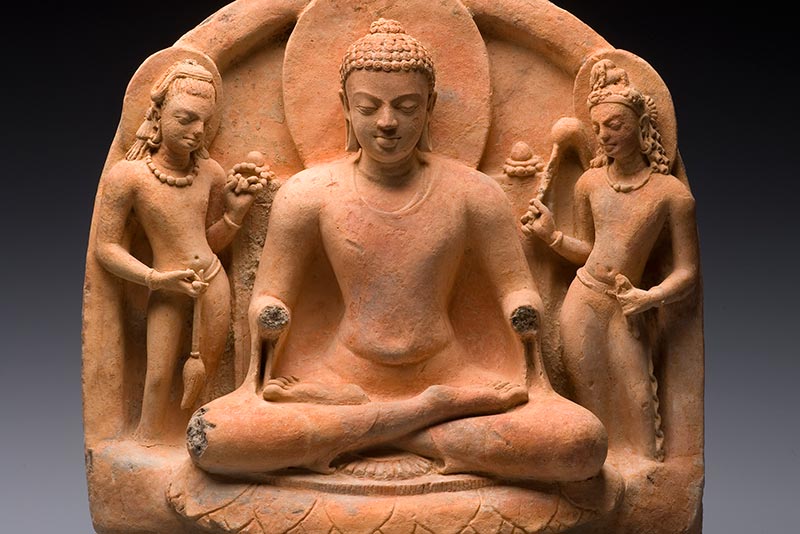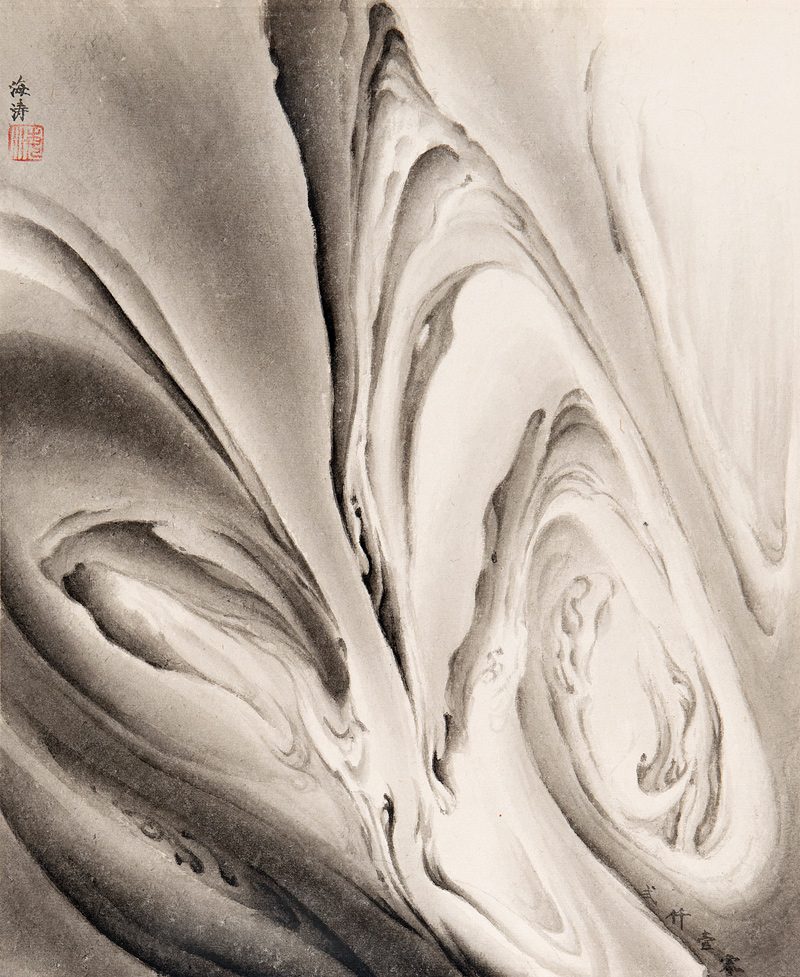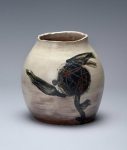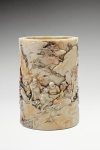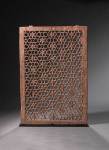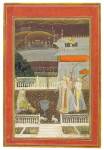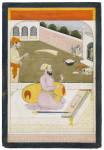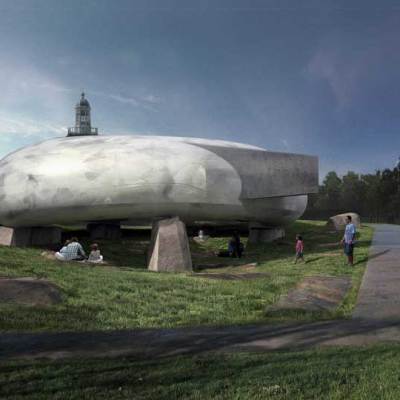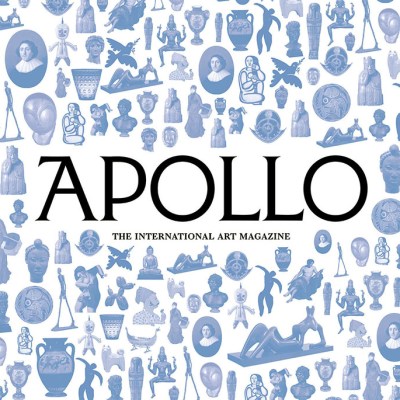If you are in New York and wish you were at Maastricht, pine no more. The sixth Asia Week New York (14–22 March) has kicked off and it’s a real bonanza. With tip-top quality offerings from 47 local and global dealers, 19 museum and cultural institution shows, and the auction house sales – and every event open to the public – you have a feast in store.
Keenly focused on historic and traditional art, this year’s fair is also complemented by some very strong contemporary work. The ever-increasing Indian sub-continent presence is led by New York’s Nancy Weiner Gallery and the stellar British dealers Francesca Galloway, John Siudmak, Brendan Lynch, and Prahlad Bubbar; with additions from Nayef Homsi, Buddhist Art, Christophe Hioco, Carlo Cristi, Dalton Somaré and others.
Carved Cizhou-type Canteen (12th–13th century) China, Xixia Kingdom or Jin Dynasties. Zetterquist Galleries, New York

Nancy Weiner offers a cornucopia of Indian treats including a rare silver ceremonial necklace from Tamil Nadu. A devotee would have given this to a Shiva temple so its stone Nandi (bull) could be suitably bejewelled for high days and holiday. Eric Zetterquist has created a monochrome show of exquisite early Chinese ceramics ‘to show form clearly. If it’s a good form it floats, if it’s a bad form it sinks.’ All of his pieces float. And Jiyoung Koo, who says good Korean pieces are so difficult to find that her show ‘has been many years in the making’, has sourced a complete set of wooden lattice doors and some deceptively simple furniture, all of which would have fulfilled the neo-Confucian requirements for a male scholar’s study (for more on Korean art in the US see my article in Apollo’s March issue).
Tall carved and reticulated ‘Lotus’-decorated black lacquered wood Confucian ceremonial altar chair. Joseon Dynasty, 18th century. KooNewYork

Modern works are also well represented. Kang gallery exhibits a mixed-media piece by Korean artist Ik Joong Kang (b. 1960), depicting fighter planes flying past a 15th-century Buncheong jar to highlight the divisions in the once united Korea. Joan Mirviss, who says she enjoys assembling a special show for every Asia Week New York, explores post-war early modern Japanese ceramics, looking especially at the echoes of traditional ink painting in them, and the way artists such as Yagi Kazuo transformed ceramics from being functional to purely abstract.
M. Sutherland has a roomful of new work by Hai Tao (b. 1959) who listens to classical music as he paints, creating visual sonatas with his layers of monochrome wash. Away from the galleries, the Metropolitan Museum of Art’s exciting show of contemporary ink art is their first major contemporary Chinese show (‘Ink Art: Past as Present in Contemporary China’; until 6 April).
Pieces range from the familiar to the astounding, and provenance is paramount. Nicholas Grindley offers a rare late-16th century Chinese chair bought by Asian art specialist Laurence Sickman when he was shopping for William Rockhill Nelson in Beijing in 1930–35. While most of his buys ended up in the Nelson-Atkins Museum, Kansas City, this one did not. For perfect provenance, Mr Grindley himself sat on it as a young man when visiting Mr Sickman.
Huanghuali yoke back armchair with a backward sloping yoke. China, Late Ming dynasty, 16th century. Nicholas Grindley Works of Art Ltd., New York

Christophe Hioco, a collector-dealer who brings a basket of treats from Paris, endorses the provenance of his pieces in one simple way that gives buyers confidence: he owns them. His refined 5th–6th century Gupta period panel of a meditating Buddha and two Bodhisattvas – three complete figures – made of fragile terracotta is an astounding and rare survival of the highest quality.
Equally intriguing is the star of Carole Davenport’s mostly Japanese show: a large earthenware coil technique bowl with a huge swirling rim that seems more appropriate to French Art Deco than to the period 2,500–1,500 BC, which places it in Japan’s oldest known civilisation, the Jomon.
Asia Week New York runs from 14–22 March 2014.
More Highlights:
Related Articles:
‘Treasures from Korea in the USA’ (Louise Nicholson)
